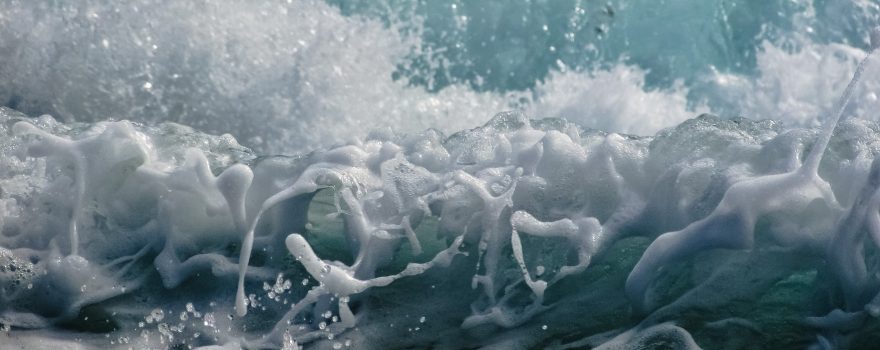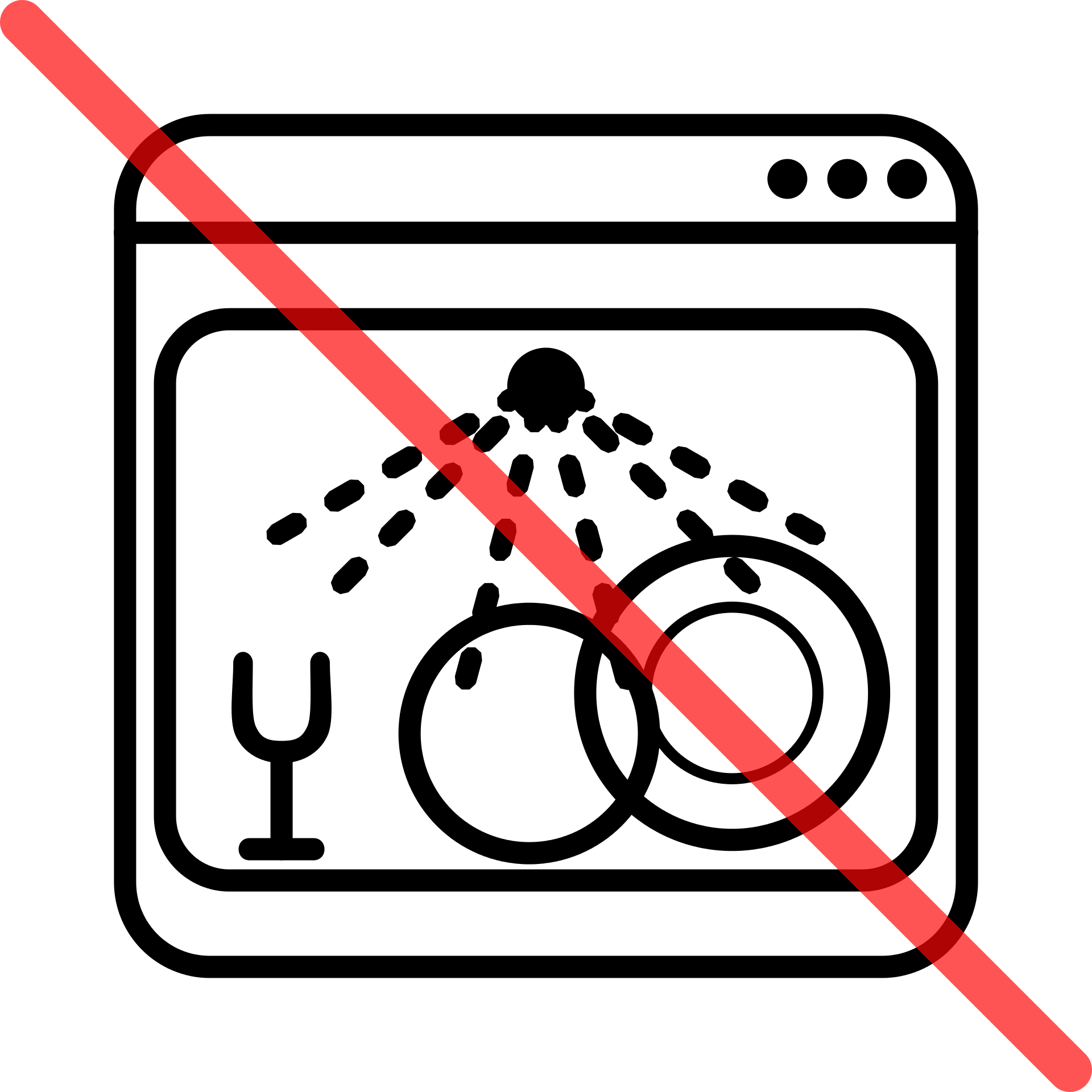
A little bit of water at the bottom of your dishwasher is fairly common. This should answer the question: should a dishwasher have water in the bottom? But what happens when there’s water build up and you’ve got both water and solid particles floating around at the bottom? The answer is a smelly and dirty dishwasher that will not function optimally and which may use up more energy than required. So, if you are wondering how to unclog a dishwasher with standing water before calling in an expert, take a look at our suggestions below.
How do you manually drain a dishwasher?
When you find that there is water collecting in the bottom of your dishwasher, this is a sign that there could be problems with a clogged drain line, a defective pump, a broken drain valve or solenoid, a damaged belt, a broken motor or a broken timer. Some of these issues are relatively easy to fix on your own, whereas others may require an expert’s help. Before you call in the pros, however, take a look at some of the steps you can take so that you can try to troubleshoot the problem yourself first.

- Disconnect your dishwasher from the power supply and close the water supply. This is the safest way to drain water in the bottom of your dishwasher when not in use.
- Open the dishwasher and remove any cutlery and crockery that’s inside.
- Place old towels around the dishwasher as you’ll soon be scooping out the water and this could result in a watery mess around the appliance.
- Next, using a cup, scoop out the water and debris from the bottom of the dishwasher until you’ve scooped out almost everything that you can.
- You’ll also want to check the filter under the spray arm. You should rotate the spray arm so that you have access to the filter.
- Although every dishwasher model is different, the filter is a fairly common part of the appliance and you should remove it from its slot.
- Ensure that you wash it carefully, making sure that all debris is removed from it.
- Once cleaned up, you will want to carefully place it back into its slot under the spray arm.
- You will then want to reconnect the dishwasher to the power and water supply and run a short test cycle to see if the problem has been resolved.
- If that doesn’t work, the issue might be a problem with your drain pipe. This is usually located at the back of your dishwasher and once again, before getting started, you should ensure that the dishwasher is disconnected from the power supply and that the water supply has been turned off.
- Gently move the dishwasher from its location so that you have access to the drain pipe.
- Once you have access to it, check if there are any kinks in the pipe.
- You may also wish to disconnect the pipe entirely from the dishwasher to check for any blockages inside it. However, make sure that you have lined your floor with towels as your dishwasher drain hose may be full of water that can easily leak out.
- Once done, replace the drain pipe, move the dishwasher back to its original position, reconnect the water and power supply and run a short test cycle.
In conclusion
These two methods for draining your dishwasher manually when it is clogged are quite simple and quick to do. However, if these steps don’t work, it could be a symptom of a wider or more serious issue. In this case, you may want to call in a pro to take a look at your dishwasher to help resolve the problem. At MIX Repairs, we offer a quick and efficient solution to all types of dishwashers to ensure you save yourself time, hassle and money. Protect your belongings and give them a longer lifespan. Sometimes small steps are all it takes to achieve this.



